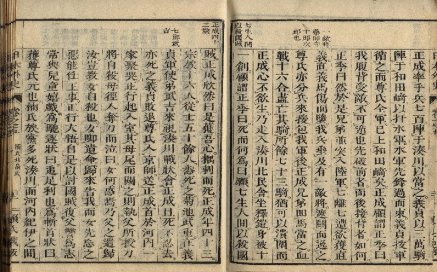日本經濟產業省稱﹐補貼資金將用於支持東芝公司(Toshiba Co.)和日立金屬(Hitachi Metals Ltd.)等日資企業及在日本運營的非日資企業的84個項目。
該機構稱﹐獲得補貼的企業將把這筆資金用於尋找各種方法﹐改善稀土資源回收利用、加工從其他國家進口的稀土礦及開發替代性資源。
日本經濟產業省稱﹐長期來看﹐預計獲得補貼的項目能推動日本稀土金屬年使用量減少至20,000噸﹐最近幾年的平均稀土金屬年使用量約為30,000噸﹐其中超過90%來自中國。
CRISIS MANAGEMENT: 110 billion yen earmarked to cut use of rare earths
2011/02/26
 Dysprosium, a rare earth element, is used in the production of motors for hybrid vehicles after being smelted into iron alloy. (Asahi Shimbun file photo)
Dysprosium, a rare earth element, is used in the production of motors for hybrid vehicles after being smelted into iron alloy. (Asahi Shimbun file photo)
The industry ministry said Friday it will grant 33.1 billion yen ($404 million) in subsidies to help fund private sector projects that will develop the technology to reduce the use of rare earths.
The move is designed to reduce Japan's dependence on rare earth imports from China by 30 percent in several years.
Rare earths are materials used in a wide range of high-tech applications.
Japan's annual imports of rare earths total 30,000 tons, 90 percent of which comes from China.
Japan is pushing to diversify its source of supply after China blocked exports of rare earths following a territorial row last September.
The subsidies will be offered to 160 projects undertaken by 110 companies, among them manufacturing giants Toshiba Corp., Panasonic Corp. and Nissan Motor Co.
It will bring the total of spending for such efforts by both the government and businesses to around 110 billion yen.
Rare earths are crucial to the manufacture of hybrid vehicles and an array of high-tech electronic products.
The Ministry of Economy, Trade and Industry requested 42 billion yen for rare earth-related projects in the supplementary budget for the current fiscal year that was passed in November.
The 33.1 billion yen, part of the sum for the purpose, is expected to finance half or one-third of the private sector investment.
The ministry is expected to decide in May which private projects will receive the remainder of the subsidies.
Toshiba will develop an alternative agent for cerium, a material used as abrasive in the production of hard disks.
Panasonic is set to introduce a system to recover and recycle neodymium magnets used in air conditioners.
Nissan expects to invest in experimental installations that will allow the company to develop automotive parts that do not use rare earth materials.
The government is trying to curtail Japan's rare earth imports through the development of new technology while accelerating efforts to diversify its sources of supply.







 Date:Third Saturday of February
Date:Third Saturday of February















